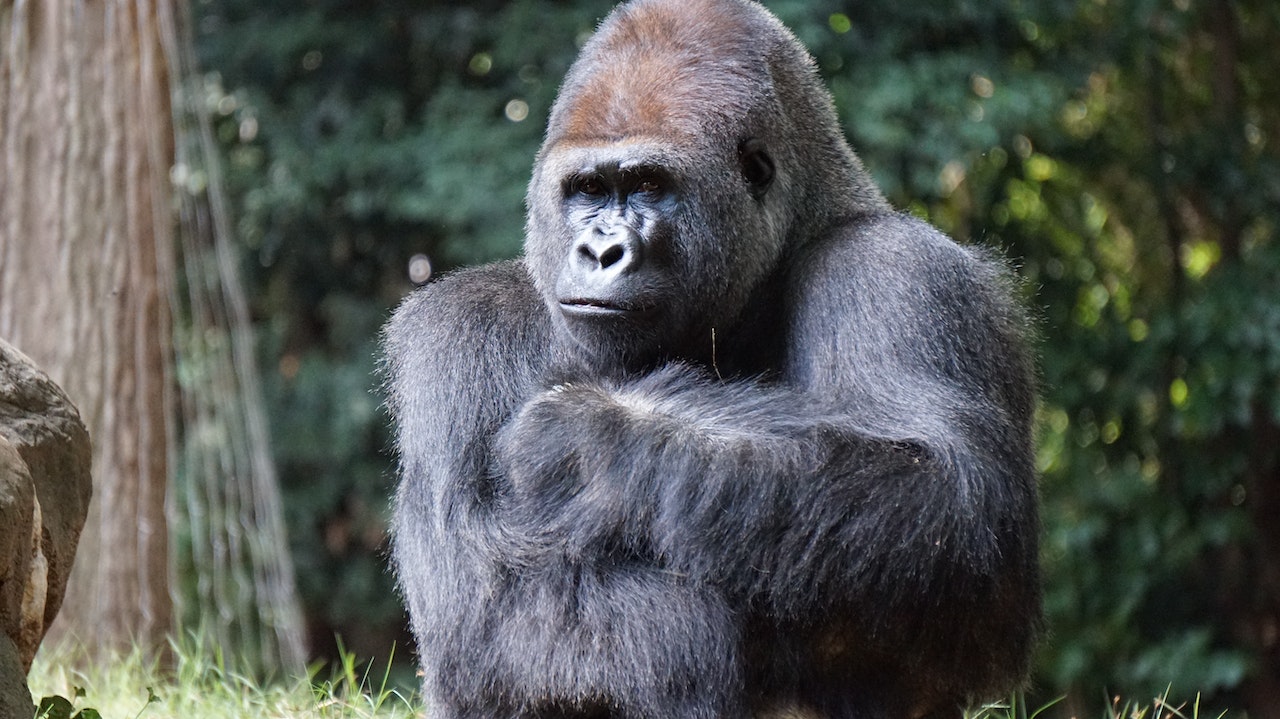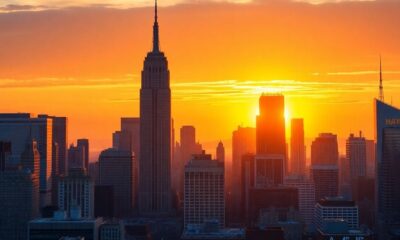Pets & Wildlife
5 Reasons You Need to See Gorillas in Uganda

Sitting in silence on the cold ground of a Ugandan forest for 60 minutes might be one of life’s greatest privileges. There are fewer than 900 mountain gorillas in existence, and gorilla trekking provides a rare opportunity to observe the everyday interactions of these gentle, mysterious primates. Mountain gorillas only live in the dense vegetation of Uganda’s Bwindi Impenetrable Forest National Park and along the dormant volcanic Virunga mountain range that stretches across Rwanda’s Volcanoes National Park , Uganda’s Mgahinga Gorilla National Park , and Virunga National Park in the Democratic Republic of Congo. BBC
You’ll Be Where Half the World’s Mountain Gorillas Live.
There are two gorilla trekking spots in Uganda: Bwindi Impenetrable Forest National Park and Mgahinga Gorilla National Park. Gorillas don’t pay mind to political borders, so populations across the Virungas are relatively fluid. Uganda has an edge, however, since Bwindi alone is home to half of the world’s mountain gorillas.
Bwindi Impenetrable Forest National Park (also called “The Place of Darkness” due to its dense treetops) is an ancient, montane and lowland forest spanning 128 square miles. The region was named a UNESCO World Heritage Site thanks to its incredible biodiversity and the large number of endangered species that call it home.
Why Press Releases Still Matter To Your Business
Mgahinga Gorilla National Park accounts for 13 square miles of the larger Virunga habitat, which stretches across 168 square miles into Rwanda and the Democratic Republic of the Congo. The national park includes three of the eight major Virunga peaks: Mount Gahinga, Mount Muhabura and Mount Sabyinyo
You Can Fight Habitat Destruction by Supporting Community Enrichment
Habitat destruction is the main threat to mountain gorillas. Communities around the parks are heavily populated, and residents have traditionally used land around national park boundaries for farming or logging.
Since tourism is now Uganda’s most lucrative industry, and the majority of tourists come to see the mountain gorillas, trekkers are encouraged to seek out ways to give back to the communities they visit. One popular option is to hire a porter, who is always a local resident and occasionally a reformed poacher. The landscape within the parks is unpredictable and difficult; porters help guide trekkers through river crossings and up steep, muddy inclines
Other options is to participate in community-led cultural initiatives. In Bwindi village, the Bwindi Bar trains disenfranchised young adults in hospitality through rigorous classes and work experience. Around Mgahinga, elders of the Batwa tribe lead visitors on a forest tour along the Batwa Trail, explaining how their self-sufficient, forest-dwelling tribe traditionally used medicinal plants
You’ll Find More Affordable Trekking Permits.
There are strict regulations in place to make sure the gorillas stay healthy and wild —starting with the gorilla trekking permit process. Daily viewings of each gorilla group are extremely limited, so visitors should apply well before their desired dates.
You Can Take on Challenging Terrain.
One look at southwestern Uganda’s green terraced hills and rolling volcanic slopes and it’s clear this area of the country is not for the faint of heart. Add in the high altitude and the challenging terrain, and gorilla trekking in Uganda promises to be the adventure of a lifetime.
It’s hard work to reach the gorillas. It requires navigating uphill and downhill through thick tangles of vines, thorns, and roots. The appropriately named Bwindi Impenetrable Forest National Park is only accessible by foot. There are no paths, no signs, no directions—and more often than not, no clearings (which is why the park rangers carry machetes). The good news? The reward seems that much better after all of the hard work
Other Primates Will Inevitably Cross Your Path.
Uganda is a primate-lover’s dream. In addition to mountain gorillas, Mgahinga is home to another endangered species: the golden monkey. These furry, comical monkeys live high up in bamboo forests. Tracking golden monkeys is very similar to tracking gorillas, but the trek itself is not quite as challenging.
Further afield, Bwindi has L’hoest monkeys, gray-cheeked mangabeys, and blue monkeys. In Kibale Forest National Park, chimpanzees steal the show. Patas monkeys roam around Murchison Falls National Park. Queen Elizabeth National Park has blue monkeys and red-tailed monkeys (not to mention non-primates, like lions and elephants).
Also Read – 5 Reasons You Need to See Gorillas in Uganda
Media Details
Site – https://www.inspiresafaris.com/
-

 Business6 days ago
Business6 days agoWall Street Rallies as Strong Jobs Report Fuels Optimism
-

 Business5 days ago
Business5 days agoS&P 500 Achieves Historic Winning Streak Amid Easing Trade Tensions
-

 Government5 days ago
Government5 days agoSupreme Court Case Martin V. USA: A Landmark Moment for Government Accountability in Wrong-House Raids
-

 Civil Rights7 days ago
Civil Rights7 days agoUS Government Under Fire for Wrong-House Raids: Accountability at Stake
-

 Health & Fitness4 days ago
Health & Fitness4 days agoBudget Cuts Slash Vital Health-Tracking Programs in the U.S.
-

 Business3 days ago
Business3 days agoUS Stock Market Soars on Positive Jobs Data and Trade Optimism
-

 Business4 days ago
Business4 days agoUS Stock Market Soars as Jobs Report Surprises and Trade Tensions Ease
-

 Crime5 days ago
Crime5 days agoU.S. Treasury Takes Aim at Major Mexican Cartel Linked to Fentanyl Trade












